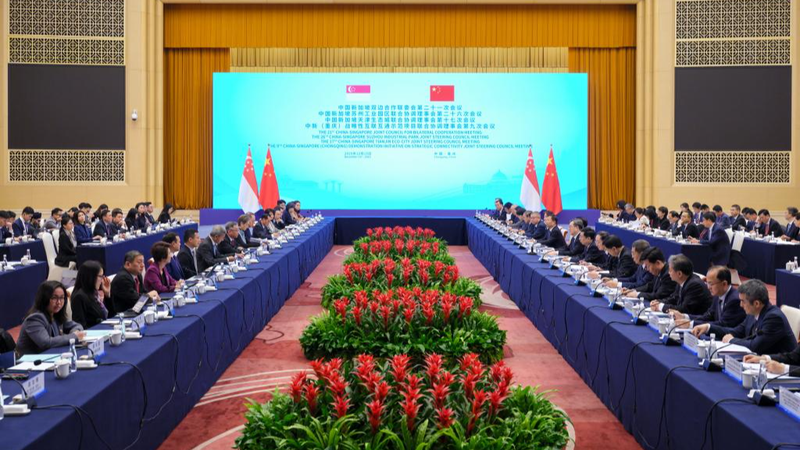The recent China-US Economic and Trade Meeting in Geneva eased tariff tensions, sparking a mad dash among American importers to top up orders with suppliers in Shenzhen and Yiwu. This scramble underlines a simple fact: despite geopolitical headwinds, the Chinese mainland supply chain remains deeply woven into global commerce.
Tariff tweaks on both sides have unlocked breathing room for US firms. Within days, Shenzhen electronics hubs and Yiwu trading markets reported a surge of urgent requests for everything from consumer gadgets to promotional goods. CGTN reporter Zhu Zhu explains that this flurry of activity isn’t just a last-minute scramble—it’s proof that the efficiency, scale, and cost advantages of the Chinese mainland supply chain are hard to replace.
For business and tech enthusiasts, this moment highlights key dynamics: integrated supplier networks that span component sourcing, assembly, and shipping; logistics corridors that move goods in record time; and a workforce adept in flexible production runs. These elements combine to create a resilience few markets can match, which is why US firms can’t simply pivot elsewhere without risking delays and higher costs.
Thought leaders and changemakers note that the race to restock also raises questions about sustainability and supply chain transparency. As orders flood back, pressure mounts on companies to ensure environmental standards and fair labor practices in sprawling manufacturing zones across the Chinese mainland.
Looking ahead, one thing is clear: the latest Geneva meeting may have eased tariffs, but disentangling decades of supply chain integration will take far more than a political handshake. For now, the rush to Shenzhen and Yiwu is a reminder that in the globalized age, speed and scale still rule. What do you think this means for the future of global trade? Share your views below.
Reference(s):
US buyers in a hurry: Why US firms can't quit China's supply chain
cgtn.com




